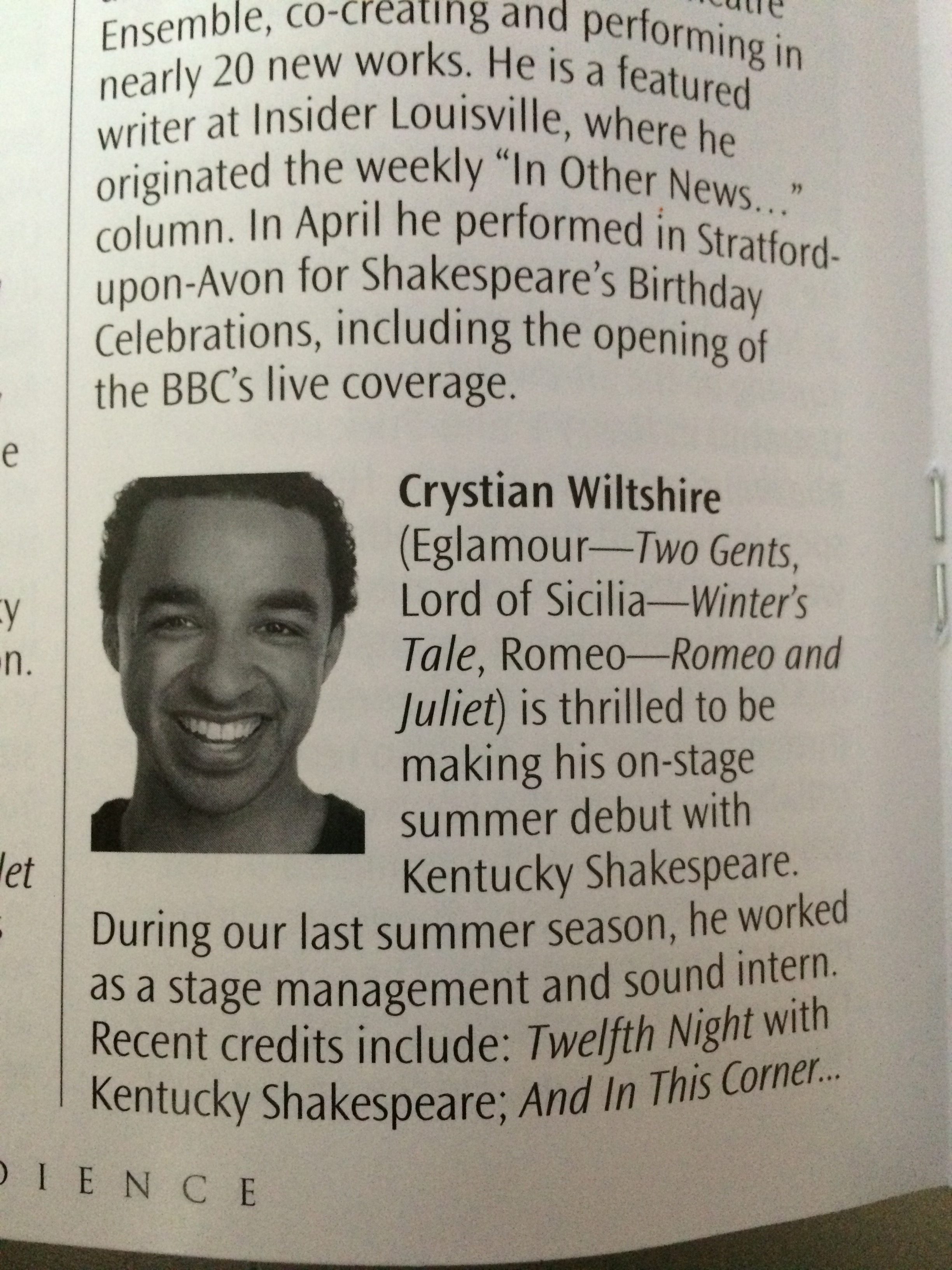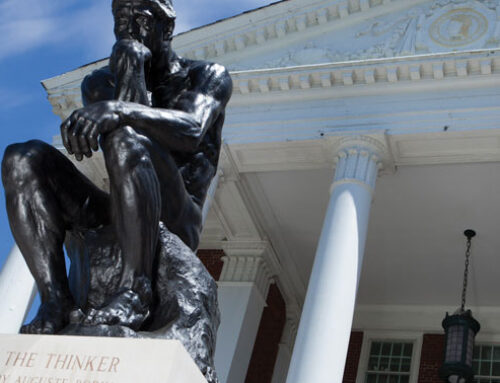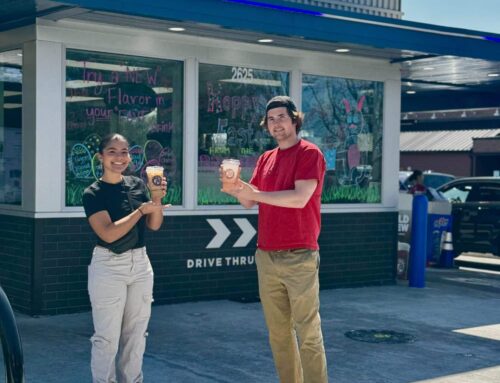By Sarah Rohleder —
The downpour Friday evening broke just in time for roughly 700 viewers to fill the benches at Kentucky Shakespeare’s free production of “Romeo and Juliet” in Central Park. The play took stage at 8 p.m. after an hour of pre-show talent by Boogie Down—Down Syndrome Louisville’s amateur dance troupe—and food truck vendors peddling gourmet dinner and dessert items.
U of L student Crystian Wiltshire played namesake character Romeo Montague. Though operative primarily through sponsorships and donations, the Kentucky Shakespeare theatre company employs professional actors, many of whom took on minor characters in comparison to Wiltshire’s title role. His casting alone speaks to the level of talent he brought to the production. He portrayed a clearly lovesick young man, true to Romeo’s rash, angst-filled character. Wiltshire’s performance highlighted the otherwise decent show.
Considering the ticket price and limited staging options, the production exceeded the standard I expected, specifically with the skillfully crafted lighting and the comical supporting characters, aside from Wiltshire’s thoughtful performance.
Since the play began at sunset, the lighting tech executed a flawless lighting scheme that complemented the limited – and eventually nonexistent—natural light. The clever use of lighting also allowed the rigid stage structure to function as several different sceneries, including an abbey, a home, a courtyard and a crypt.
“Romeo and Juliet” is probably Shakespeare’s best-known tragedy, but that is not to say it has no comedic elements. Mercutio, played by U of L theatre graduate Byron Coolie, lightened the heavy plot, articulating funny points in the script with over-the-top gestures, specifically about Romeo’s boyish attention to women. The Nurse, played by Marci Duncan, displayed similar funny body language, egging on Juliet’s teenage antics.
The creative choice that brought the show down was the confusing costume shift. The entire first act took place in period-appropriate costuming, but the second act transitioned into present-day clothing for no apparent reason. At first, when Romeo appeared back onstage in black tennis shoes with bright red shoestrings while still wearing the Renaissance-era tights, I legitimately thought Wiltshire had somehow forgotten to change out of his street shoes after the intermission. Then, other characters began appearing in modern clothes, and I realized it was just an odd, otherwise unexplained costume choice. The only other aspect of the play that matched the new clothing choice was the presence of a cop car toward the end, but everything else seemed to remain Renaissance. A second look at the program sort of hinted at the attempted connection to a relationship between the Montague-Capulet feud and today’s street feuds, but the idea just didn’t come across clearly.
The play brought a good dose of culture to people who may not otherwise be able to afford theatre tickets (such as broke college kids like myself) and to families who want to expose their children to theatre in a low-pressure set up, where there is no dress code and there is plenty of space for wiggling around and getting cozy.
Kentucky Shakespeare will continue performing “Romeo and Juliet,” as well as “The Winter’s Tale” and “The Two Gentlemen of Verona,” which Wiltshire and Coolie also appear in, for free in Central Park almost every night through July 24. See the schedule here.





